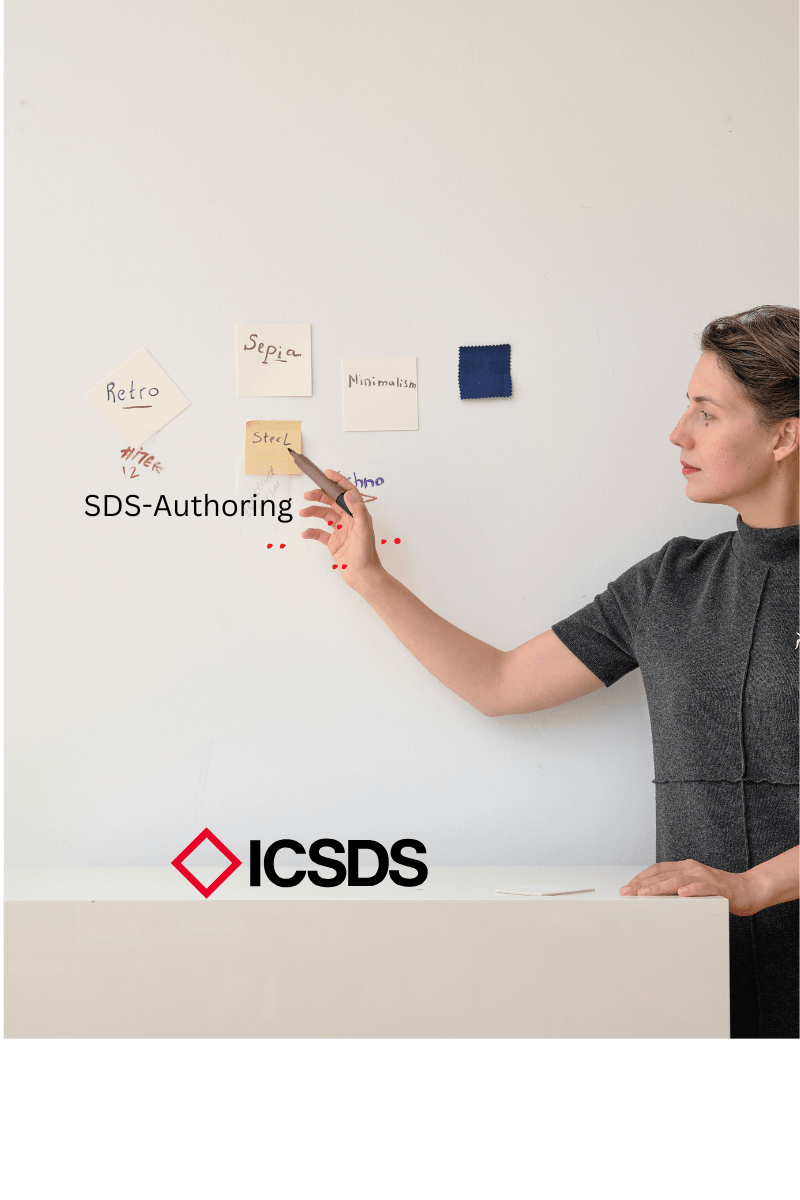SDS Compliance Requirements Navigating OSHA and WHMIS Standards
Learn how to navigate SDS compliance with OSHA and WHMIS standards. Understand key differences, bilingual requirements in Canada, penalties for non-compliance, and practical tips for compliance. Table of Contents Introduction Safety Data Sheets (SDSs) are essential tools for workplace safety and regulatory compliance. However, navigating the compliance landscape can be challenging, especially when dealing with different standards like OSHA in the US and WHMIS in Canada. In this blog, we explore the key differences, the importance of bilingual SDSs, and actionable tips to stay compliant with these regulations. What Are SDS Compliance Requirements? An SDS provides critical information about hazardous chemicals, including their properties, handling precautions, and emergency measures. Both the US and Canada require SDSs to align with the Globally Harmonized System (GHS) to ensure consistency and safety. OSHA’s Hazard Communication Standard (HCS) The Occupational Safety and Health Administration (OSHA) in the US governs SDS compliance through its Hazard Communication Standard (HCS). Key requirements include: WHMIS 2015: Canada’s Compliance Framework Canada’s Workplace Hazardous Materials Information System (WHMIS 2015) integrates GHS principles while addressing unique regional needs. Key requirements include: Key Differences Between OSHA and WHMIS While both OSHA and WHMIS are based on GHS, there are notable differences: Aspect OSHA (US) WHMIS (Canada) Language English only Bilingual (English and French) Hazard Classes Broader classifications More specific hazard subclasses Labeling Less stringent requirements Mandatory bilingual labeling Understanding these distinctions is crucial for businesses operating in both regions. Importance of Bilingual SDS for Canada In Canada, WHMIS 2015 mandates that SDSs and labels be available in both English and French. This requirement ensures all workers, regardless of their language preference, can access critical safety information. Tip: Partner with professional translation services to ensure your SDSs meet bilingual requirements without compromising accuracy. Penalties for Non-Compliance Non-compliance with OSHA or WHMIS regulations can result in severe consequences, including: Tips for Staying Compliant Conclusion Navigating SDS compliance across OSHA and WHMIS standards requires understanding their key differences and addressing region-specific requirements like bilingual SDSs for Canada. By staying proactive, leveraging professional tools, and seeking expert guidance, businesses can ensure compliance and workplace safety. At ICSDS, we specialize in SDS authoring and compliance management. Whether you’re operating in the US, Canada, or both, our team ensures your SDSs are accurate, compliant, and bilingual. Contact us today to streamline your compliance journey.

